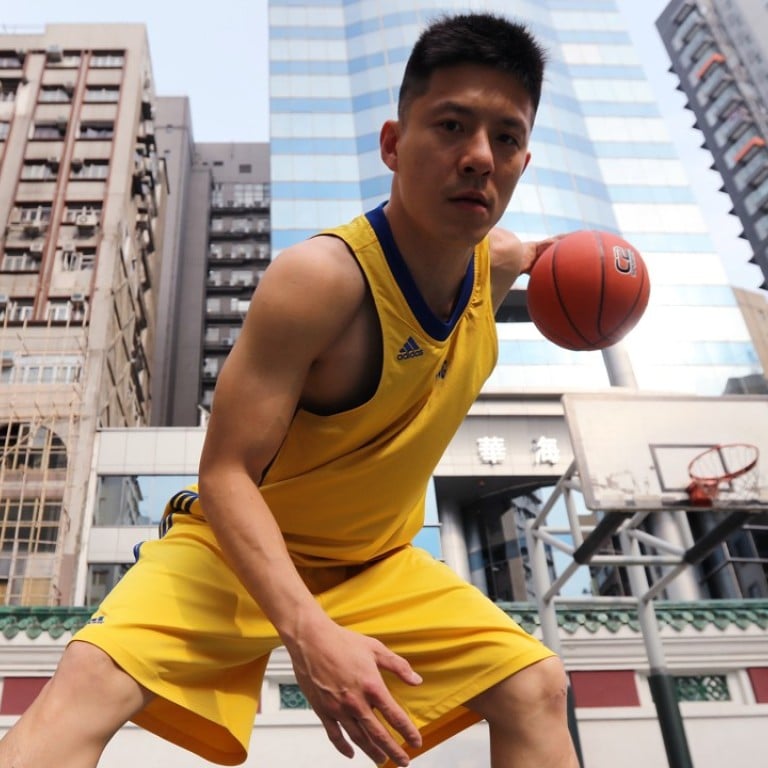
Hong Kong veteran basketball player gives his tips on how to stay fit as you get older
After years playing at the highest level, Lau Chi-kin, 38, is now in the autumn of his career. He gives his advice on how best to maintain your fitness levels for as long as possible
When Lau Chi-kin was 12, his family moved to Lei Muk Shue Estate, which had a basketball court. This would spark his basketball life, leading to a stint at Hong Kong’s national team, and encounters with the sport’s luminaries including Kareem Abdul-Jabbar (a US Presidential Medal of Honour recipient with six US National Basketball Association championship rings during his 20-year playing career).
The teenage Lau learned the game on his “home” court and regularly shot hoops with his neighbours. He also had a growth spurt that summer. Upon his return to TIACC Woo Hon Fai Secondary School in Tsuen Wan, Lau stood head and shoulders above many pupils, drawing the attention of a sports teacher who invited him to join the basketball team.
How exercising in a group boosts your quality of life and results from your workouts
“It’s funny because when I first joined the team, I didn’t play [as] a forward; because I was the tallest guy in the team, I was placed in defensive centre,” the now 38-year-old recalls.
Suddenly his team was on the rise, and the underdog side demolished St. Francis Xavier’s School’s team in Tsuen Wan (which had held the championship title for years) and took home the trophy.
Many viewed Lau as responsible, and the coach of that rival school invited Lau to play at a club.

It exposed the youth to a higher-calibre training regime, and eventually to a spot in Hong Kong’s national team in 2002. Lau then ventured abroad for competitions, including the Asian Championship in 2003 in Harbin, China, where Hong Kong played against Lebanon, Uzbekistan and Kazakhstan. Hong Kong lost all those games.
“We weren’t full-time professional athletes, compared to other cities and countries [where they train all the time as full-time pro-athletes], so it’s hard to compete with teams like that; that is normally the case when it comes to international games,” said the shooting guard on that seminal period.
Since then, Lau has represented teams such as South China Team and Fukien Basketball Team, and now plays for the Hong Kong Basketball Association League’s Division A1 category Winling Basketball Team.

He credits his secondary school and rival school coaches for contributing to his success, plus US NBA greats he has followed since his youth, including Michael Jordan (he speaks reverentially of the icon) and former Detroit Pistons star Grant Hill, whose dribbling prowess he likes to mimic.
Whenever NBA stars tour Hong Kong, Lau gets a call to join them on court. He has had such encounters with Abdul-Jabbar, Derrick Rose and others. Lau, who stands 184cm tall and weighs 82kg, talks about his lifestyle and a regimen that helps safeguard his career longevity.
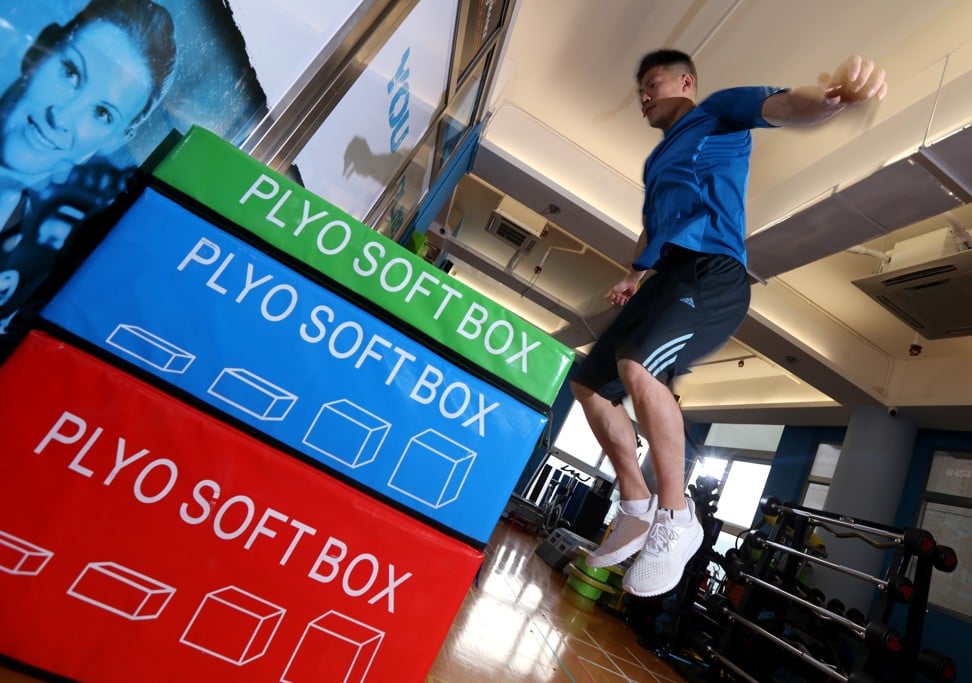
How do you keep up with younger players?
My regular workouts, healthy diet and lifestyle, and recovery routines help maintain good condition and close that gap with younger players … I keep it at a similar level through my routines but, at the same time, I’ve got more experience. Usually the team manager will use the experience of players to help our performance on court. In a team sport like basketball, players have their pros and cons.
When the manager thinks young athletes need to be on court to run and play fast, I can stay on the bench. But at a key moment in the game, a more experienced player would be useful [which is when I come in].
How do you stay in shape?
I work out three times a week during the day and do basketball training at night. In Hong Kong, basketball players normally don’t play full-time but have their own day jobs as teachers or other professions, so that means training is after work.
By day, I coach basketball at secondary school and also work at an association in Macau so I head over twice a week to [teach] basketball to adults and kids.
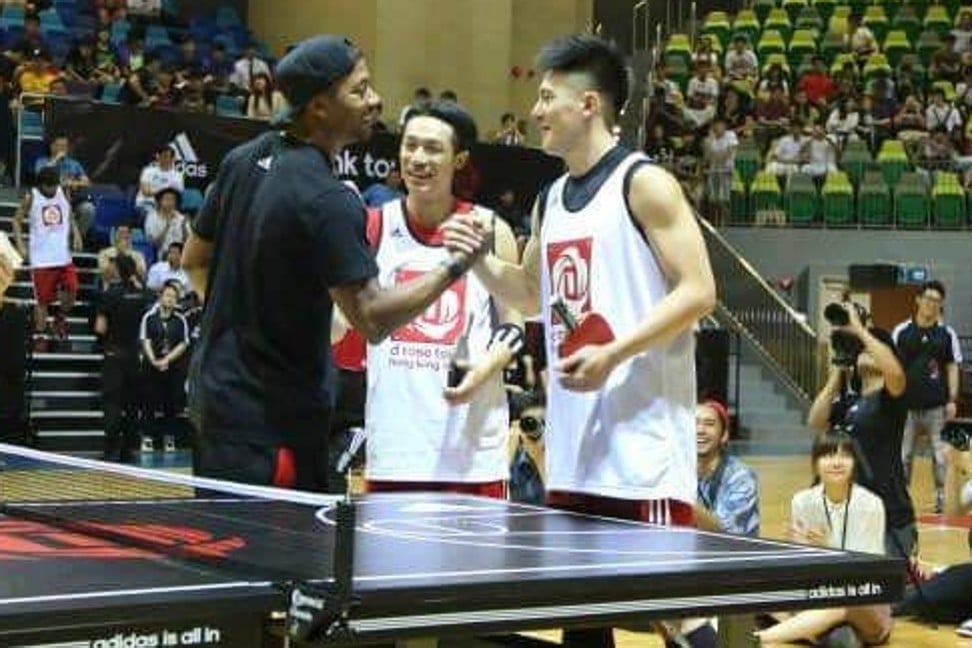
What do your workouts entail?
I do weightlifting, and general fitness exercises that focus on muscles used a lot for basketball, called functional training. That involves jumping exercises and balancing routines, like balancing on Bosu [power plates], and kettle ball swinging.
You do many reps of jumping on high boxes; how does this help your game?
I do that after weightlifting to build muscle memory. Weightlifting weighs your body down so I do those exercises to get those muscles used to jumping, which are good for lay-ups in the game. In that exercise, I also land on one leg sometimes, so my muscles and knees maintain memory of the moves since one-legged landings are what I frequently do in basketball.
How functional fitness trains body for daily tasks and five exercises to get you started
What other workouts do you do?
I run and hike. I don’t run as much during basketball season, but do so in my off-season, to stay fit and keep my mind off things. The 10km runs are my relaxing exercise. Basketball is my life – at work, at training – so sometimes I need a break [in] this way.
Describe your typical meals?
I don’t count calories or protein intake, but I try to have less oil, salt, sugar and eat more fruits and vegetables. I prefer to drink water rather than Coke or sugary drinks when I dine out. I don’t have a strict meal routine; I usually eat whenever I’m hungry.
Yesterday’s breakfast was two boiled eggs, and toast with peanut butter. Lunch was rice and potatoes with fried chicken, fried eggs and some vegetables.
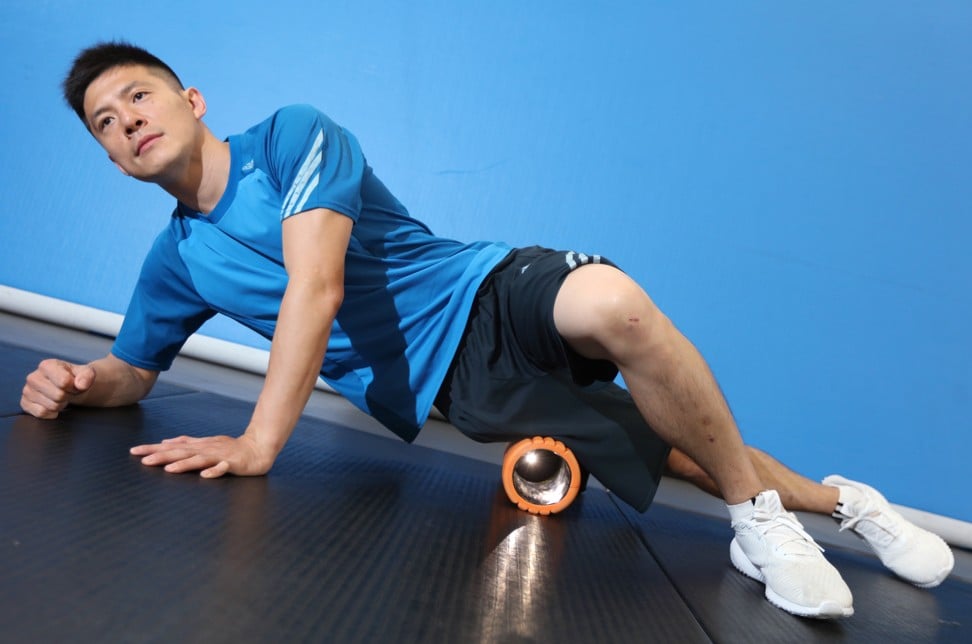
Before basketball training, I eat bananas and bread to fuel up, for energy. Post-training, I have dinner with my basketball mates at a restaurant somewhere and have rice with beef, or rice noodles in soup, or sometimes we’d go out for hotpot. It depends.
How different is basketball training from workouts?
Basketball training is three hours per session, four nights a week. We do warm-ups first – lots of dribbling, passes, footwork routines, lay-ups. Then we do more intensive training, where we discuss strategy and use a tactical board, then simulate those routines on court.
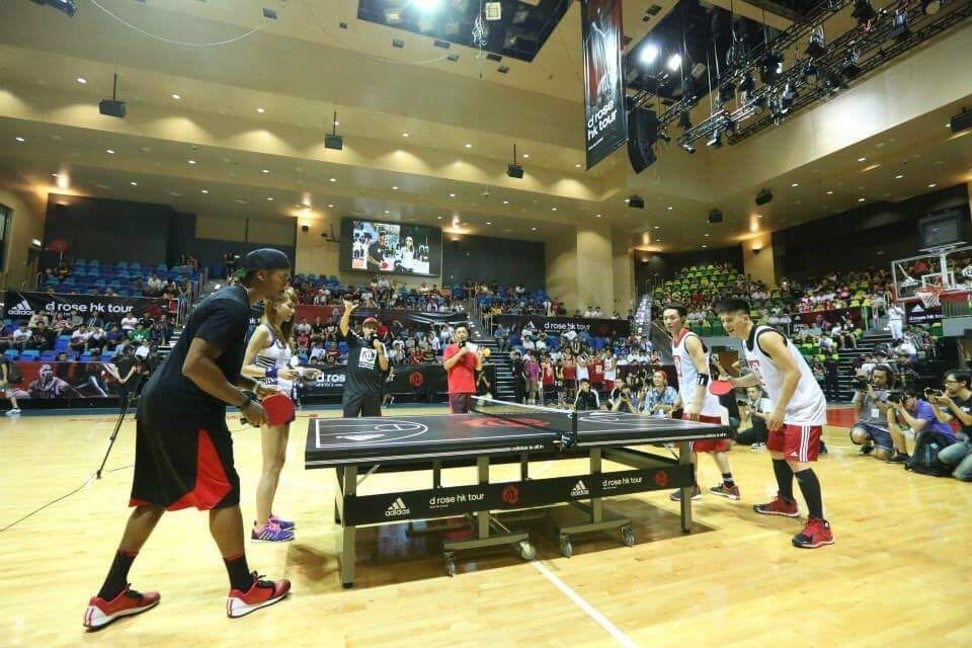
That includes doing fast breaks [when a defending team takes repossession of the ball and try to score quickly]. We also work on the team’s offence and defence strategies and formations.
Why stressed Hongkongers should take a hike, not a pill, and let nature heal them
What’s your recovery routine?
I use a foam roller across my body. When you get older, you know the importance of cool downs for muscle recovery and prevention of injuries. I spend more time on foam-rolling massages at this age than when I was younger.

